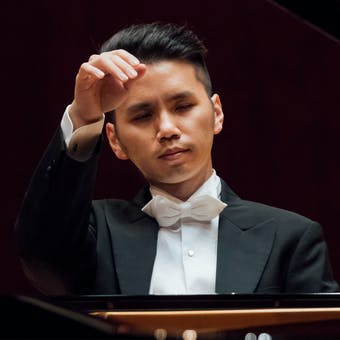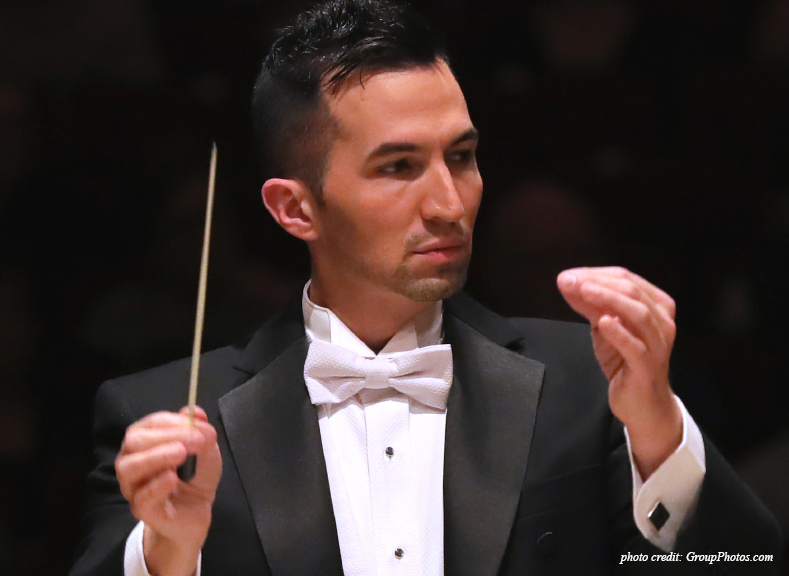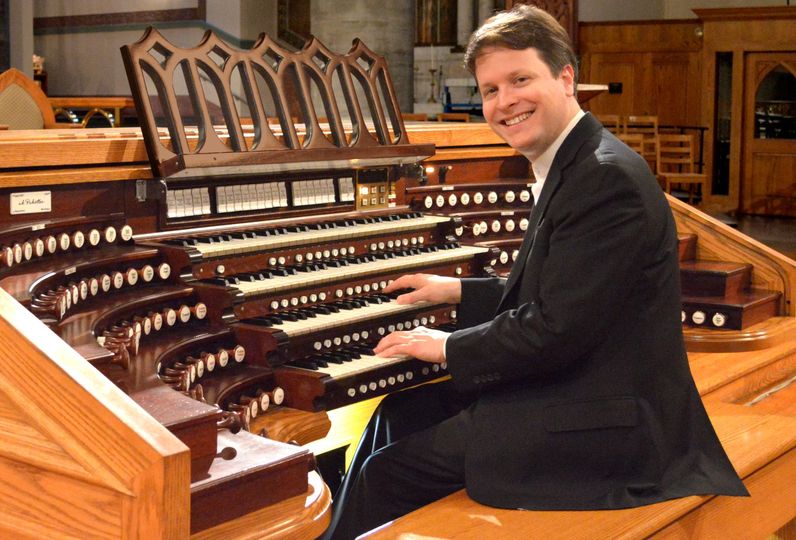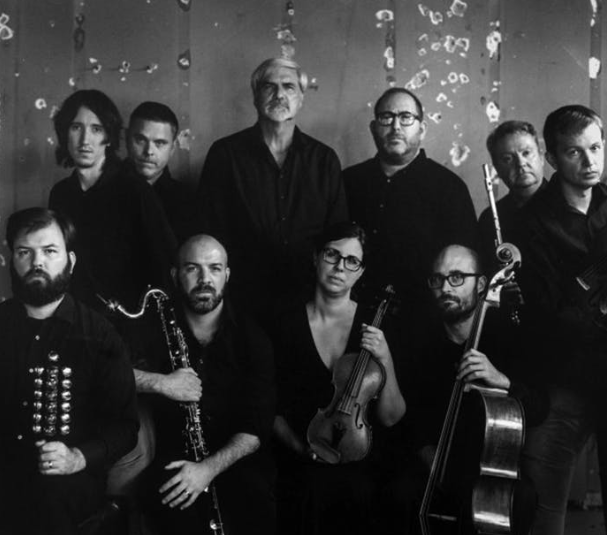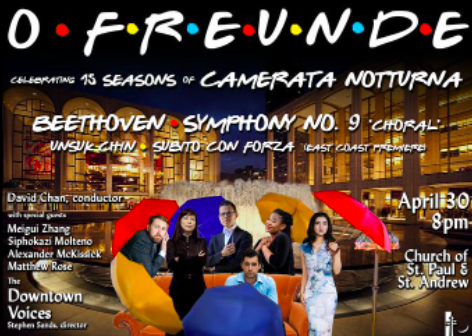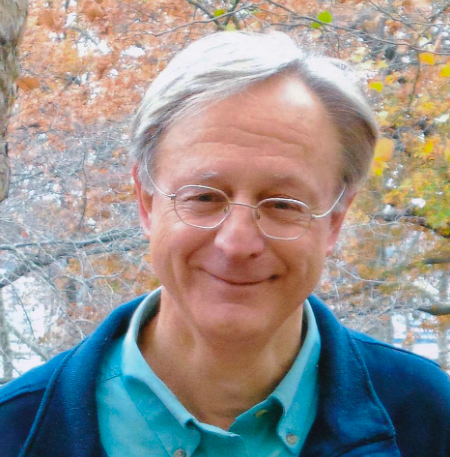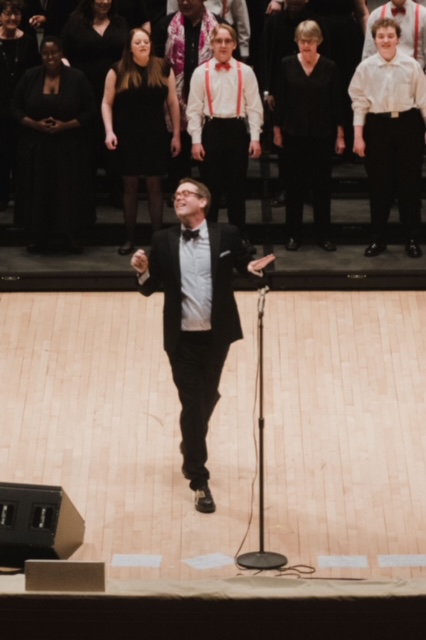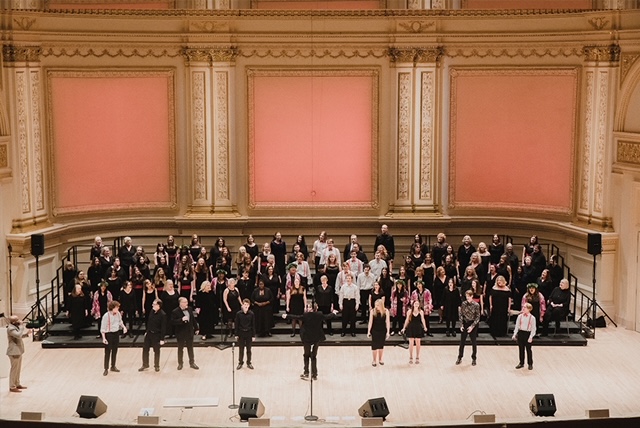Yi-Chih Lu, piano
Weill Recital Hall at Carnegie Hall, New York, NY
July 6, 2022
A nearly full hall greeted the New York recital debut of Taipei-born pianist Li-Chih Lu. Mr. Lu plays with magisterial fluency of technique, beautiful tone at all times, and most importantly a deep passionate emotional involvement, which was visible even though the artist played the entire recital masked. His elasticity of phrasing and natural sense of color, based on a deep understanding of harmonic tension and release, was often breathtaking, more often than not in fact, though it could also become a liability, as I shall try to describe.
Scant information was provided on the flyer that served as a program: Artists please make (or have your managers make) a proper program with program notes. Mr. Lu appears to be a young man in his mid-twenties, and to fill a recital hall at this time of year (season over, etc.) is no small accomplishment. After hearing him, I can understand how he would generate such enthusiastic devotion. After Taiwan, Mr. Lu completed training in Berlin and Vienna, though no teachers were mentioned. He won Taiwan’s Golden Melody Award (equivalent of our Grammy), though it didn’t state for which of his recordings.
The entire first half of the recital was devoted to all four of Chopin’s Scherzi. Spaced through the composer’s rather short career at regular intervals, these constitute just one of the many “diaries in music” that Chopin left us. Though Chopin never played all four of them at one sitting, nor intended that they be experienced thus, it has become accepted to engage in the omnibus approach. Certainly, there is more than enough variety to sustain such a hearing, and Mr. Lu provided it. Amid a stunning rendition of all four, I would have to rank them from “most fabulous” to “less” fabulous as Nos. 3, 4, 1, 2. I shall discuss them in that order.
The third scherzo, in C-sharp minor, is dedicated to one of Chopin’s favorite students, Adolphe Gutmann, who began lessons with him at age fifteen, and whose octave technique was said to be legendary. Mr. Lu could be said to be the reincarnation of Gutmann on this one point alone, though there was so much more to his interpretation. The sweeping sense of lyricism that was enabled by the sureness of his technique moved this reviewer to tears, and miracle of miracles, it was never bangy. The tiny notes (“waterfall” passage) that accompany the contrasting second hymn-like theme were spectacular. Believe me, I have heard everyone- Richter, Gilels, Ashkenazy, Perlemuter, Arrau, Ax. This traversal of the scherzo can take its place next to theirs.
Perhaps the most “playful” of the four, the fourth scherzo, in E major, has a bouncy up and down chord riff that is very awkward to play, but which sounded effortless in the hands of Mr. Lu. However, he rightly saved the golden treasure for the theme of the sorrowful middle section, nocturne-like, which was varied on each return. One of the characteristics of the grand Romantic style of playing, in fact, is finding new colors in repetitive material, a major strength of Mr. Lu, and a must in the scherzi, which contains many repeats.
The first scherzo, in B minor, for the first time in my concert-going life, actually seemed humorous in its outer sections, which are usually rendered as something more sinister. Mr. Lu’s incredible keyboard facility is what clarified this thick, difficult music, and he actually enabled us to hear, on a monstrous 9-foot modern Steinway, some of the gossamer, proto-Impressionist delicate haze that Chopin was said to create on his lighter Pleyel instruments. The middle section’s lullaby (Rock-a-bye, little Jesus, my little pearl…) was gorgeously played, and in context, one could speculate that the “joke” in this scherzo was how could Mary ever get him to sleep with all the commotion of the outer sections.
Mr. Lu’s presentation of the second scherzo, in B-flat minor, was the most “conventional” though still astonishing in its sense of discovery, that “seeking and finding” that make a performance memorable. I suspect Chopin would have wanted to work with Mr. Lu for many, many hours on the famous triplets of the first theme: the composer wanted them to sound questioning, and would not yield until the student achieved that quality. Here, Mr. Lu was somewhat dry rather than questioning.
After intermission, there was a potpourri of repertoire that showed off Mr. Lu’s above stated strengths, primarily a technical brilliance that gave him the freedom to indulge in his passionate sense of lyrical rubato.
I am a Czerny fan, not for the hundreds of etudes that have terrorized nearly two hundred years’ worth of piano students, but for his serious piano sonatas and chamber music, which can be quite innovative. Unfortunately, the Fantasie brillante on themes from Le Nozze di Figaro is not one of those innovative pieces. It is in fact rather “stupid,” serving only as a show-off piece, and even Mr. Lu’s enormous gifts couldn’t rescue it from triteness. I apologize for seeming harsh, but an artist needs to learn repertoire selection too. It was a shame for Mr. Lu to squander his enormous talent on this work. He ought rather explore the rich territory, for example, of Liszt’s many operatic paraphrases.
Lu then continued with three arrangements of traditional Taiwanese folksongs. I may arouse the wrath of some vintage piano recital goers, but here Mr. Lu’s ear and technique reminded me of the legendary Earl Wild, perhaps not so wildly complex. These were lavish adornments of picturesque scenes: a maiden rejects the advances of a much older suitor; a poor old man selling rice-buns late at night; and another maiden bargaining for a trip across a river by ferry. All three were beautifully played, preceded by Mr. Lu’s charming verbal program notes.
Mr. Lu closed the recital with the solo version of Gershwin’s Rhapsody in Blue. Here, I had to take issue with Mr. Lu’s approach and say that he speaks Gershwin with a fussy accent that has little to do with jazz. The “rhapsody” is already written into the music by quick alternation of themes, tempi, mood, etc. You don’t have to show how “musical” you are by bending every single phrase until it sounds like not-so-good Rachmaninoff. I’d recommend that Mr. Lu listens to Gershwin’s own piano roll of the Rhapsody, as well as many vintage recordings of early jazz players to get a better sense of the style.
The Rhapsody in Blue is always enjoyed, but I caution that it has become so iconic that it actually gives listeners an easy satisfaction, the opportunity to “tune out”: you are no longer listening to what is actually being performed. You go into a “zone” in which you hear a pre-fabricated tune that you “already know.” But none of my reservations about the Rhapsody curbed one iota of enthusiasm by Mr. Lu’s ardent fans, and I’m glad for it.
I would need (and doubtless enjoy) to hear Mr. Lu in a much wider set of repertoire (Bach, Beethoven, Schubert, French, contemporary) to be able to assess whether he has versatility, but what an amazing “starting point.”
Mr. Lu preceded his encore with very charming, though heavily accented, verbal program notes. I wasn’t able to catch the title or plot of his arrangement (by advance request from an audience member) of a Chinese folk song, but I ascertained that it was a love song. A fitting way to close an auspicious debut.

